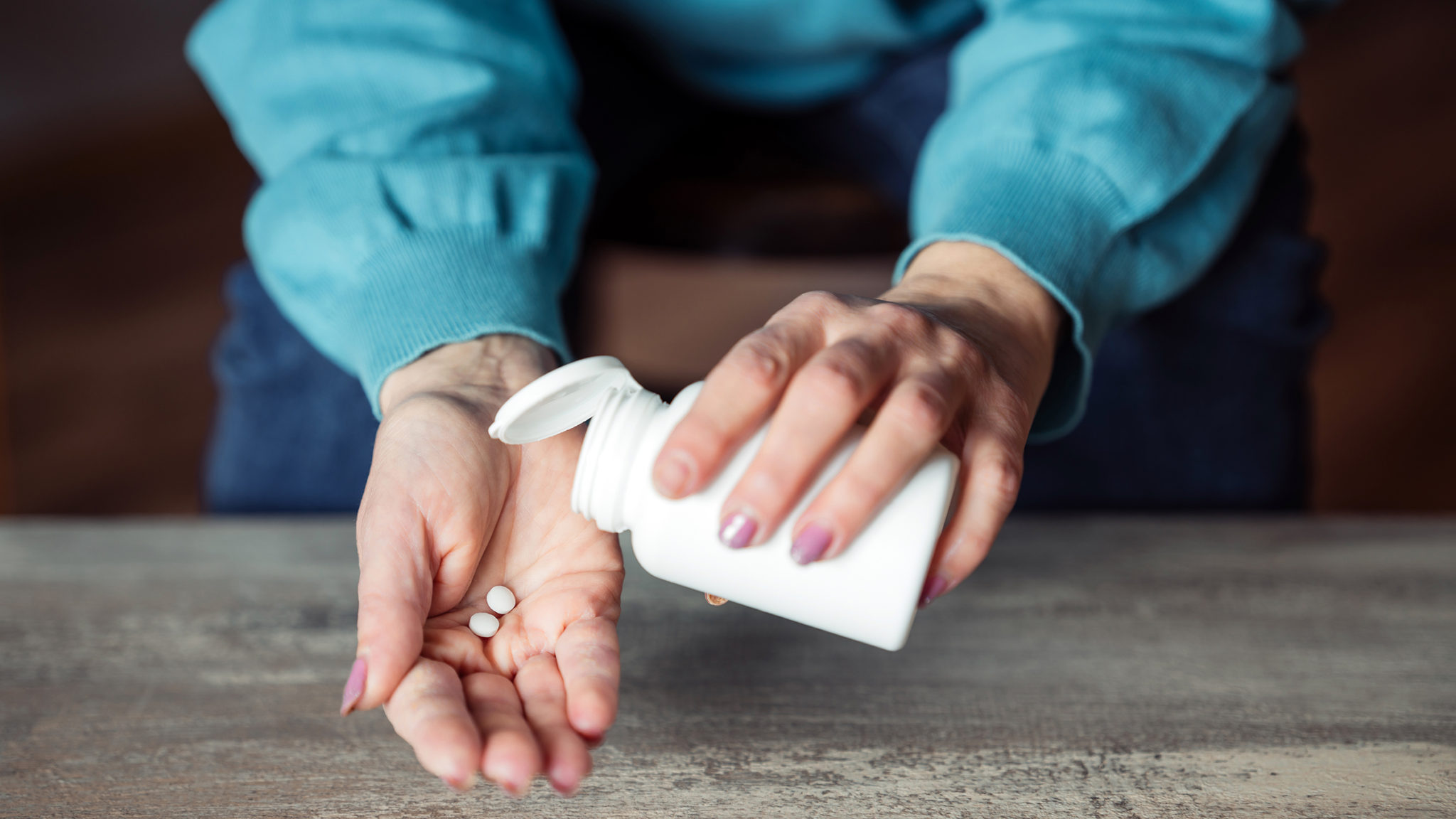Understanding Amoxicillin Dosage for Your Child
When your child is unwell, getting them back to their healthy, happy self is your priority. If your pediatrician prescribes amoxicillin, a common antibiotic for bacterial infections, it can bring relief—but understanding the correct amoxycillin dosage for children can feel daunting. This guide simplifies the process for you.
Important Note: This blog post is for informational purposes only and should NOT replace your pediatrician’s or pharmacist’s instructions. Always follow their guidance precisely.
Why the Correct Dosage Matters
Giving your child the right amount of amoxicillin is crucial for:
- Effectiveness: A precise dose targets the bacteria effectively. Underdosing may not fully eliminate bacteria, leading to prolonged illness or antibiotic resistance.
- Safety: Too much medication increases the risk of side effects such as stomach upset, diarrhea, or allergic reactions.
Factors Influencing Dosage
Amoxicillin dosage for children varies based on:
- Weight: Doses are often measured in mg per kg of body weight.
- Type & Severity of Infection: Different infections require different doses.
- Formulation: Amoxicillin comes in chewable tablets, liquid suspensions, and capsules, each with varying concentrations.
Understanding the Prescription
Before administering amoxicillin, review your child’s prescription carefully:
| Prescription Details | What to Check |
|---|---|
| Medication Name | Ensure it says “Amoxicillin” |
| Strength of Medication | For liquids: mg/mL, Tablets: mg per unit |
| Dosage | Amount per dose (e.g., 5 mL, 1 tablet) |
| Frequency | How often to give (every 8 hours, twice daily) |
| Route of Administration | Usually oral (by mouth) |
| Duration | How long to take the medication |
| Special Instructions | Food requirements or additional precautions |
💡 Always clarify any doubts with your pediatrician or pharmacist!
Administering Amoxicillin Correctly
Liquid Formulation:
✅ Shake well before use for even distribution.
✅ Use the provided oral syringe—not kitchen spoons!
✅ Measure carefully to the exact prescribed mark.
Chewable Tablets:
✅ Ensure your child chews thoroughly before swallowing.
✅ Follow dosage instructions precisely.
Tablets & Capsules:
✅ Ensure your child can safely swallow them.
✅ Administer the prescribed number of tablets or capsules.
Amoxicillin Dosage Charts
Chart 1: Dosage Based on Weight
Weight plays a major role in determining the correct dosage. The following table provides general guidelines based on a standard dose (40-45 mg/kg/day) and a high dose (80-90 mg/kg/day).
| Child’s Weight | Standard Dose (40-45 mg/kg/day) | High Dose (80-90 mg/kg/day) |
|---|---|---|
| 5 kg (11 lbs) | 125 mg twice daily | 125 mg three times daily |
| 10 kg (22 lbs) | 125 mg three times daily | 250 mg three times daily |
| 15 kg (33 lbs) | 250 mg twice daily | 375 mg twice daily |
| 20 kg (44 lbs) | 250 mg three times daily | 500 mg twice daily |
| 25 kg (55 lbs) | 375 mg twice daily | 500 mg three times daily |
| 30 kg (66 lbs) | 375 mg three times daily | 750 mg twice daily |
| 40 kg+ (88 lbs+) | 500 mg three times daily | 1000 mg twice daily |
Chart 2: Dosage for Common Infections
Different infections require specific amoxicillin dosages. Below are general guidelines based on common pediatric infections.
| Infection Type | Standard Dosage | Treatment Duration |
|---|---|---|
| Mild Ear Infection | 40-45 mg/kg/day divided 2-3 times daily | 5-10 days |
| Severe Ear Infection | 80-90 mg/kg/day divided 2-3 times daily | 10 days |
| Strep Throat | 40-50 mg/kg/day divided 2-3 times daily | 10 days |
| Sinusitis | 45 mg/kg/day divided twice daily | 10-14 days |
| Lower Respiratory Infections | 45-90 mg/kg/day divided 2-3 times daily | 7-10 days |
| Urinary Tract Infections | 25-45 mg/kg/day divided 3 times daily | 7-10 days |
Chart 3: Amoxicillin Liquid Dosage by Weight
For 125 mg/5mL suspension, commonly used in pediatric treatments:
| Weight (kg) | Weight (lbs) | 20-25 mg/kg/dose (twice daily) | 13-15 mg/kg/dose (three times daily) |
|---|---|---|---|
| 8-10 kg | 18-22 lbs | 2.0 mL | 1.0-1.5 mL |
| 11-14 kg | 24-31 lbs | 2.5-3.5 mL | 1.5-2.0 mL |
| 15-18 kg | 33-40 lbs | 3.5-4.5 mL | 2.5-3.0 mL |
| 19-22 kg | 42-49 lbs | 5.0-5.5 mL | 3.0-3.5 mL |
| 23-26 kg | 51-57 lbs | 6.0-6.5 mL | 4.0-4.5 mL |
| 27-30 kg | 60-66 lbs | 7.0-7.5 mL | 4.5-5.0 mL |
| 31-36 kg | 68-79 lbs | 8.0-9.0 mL | 5.5-6.0 mL |
| 37-44 kg | 82-97 lbs | 9.0-11.0 mL | 6.5-7.5 mL |
What to Do If You Miss a Dose
✅ Give the missed dose as soon as you remember—unless it’s close to the next dose.
❌ Never double dose to compensate.
📌 When unsure, always contact your doctor!
Storage of Amoxicillin
🔹 Liquid Suspensions need refrigeration—store in a fridge, never a freezer.
🔹 Tablets & Capsules should be stored at room temperature, away from moisture.
🔹 Always check expiration dates before use.
Helping Your Child Take Medication
💡 Struggling to get your child to take amoxicillin? Try these techniques:
✅ Flavored options: Ask your pharmacist about flavored formulations.
✅ Mixing (when safe): Some liquids mix with applesauce—but confirm first.
✅ Positive reinforcement: Praise and small rewards can encourage cooperation.
✅ Distraction: Engage your child with a story or song while administering.
Final Notes
By understanding the prescription and administering amoxicillin correctly, you help ensure your child recovers safely and effectively. When in doubt, your pediatrician or pharmacist are your best resources!
Additional Resources
For more information about amoxicillin and pediatric medication safety, check out these expert sources:
- American Academy of Pediatrics – Antibiotic Guidelines https://www.aap.org/en/patient-care/antibiotic-guidelines
- Centers for Disease Control and Prevention (CDC) – Antibiotic Use in Children https://www.cdc.gov/antibiotic-use/children.html
- U.S. Food & Drug Administration (FDA) – Safe Medication Practices https://www.fda.gov/drugs/resources-you-drugs/children-medications




